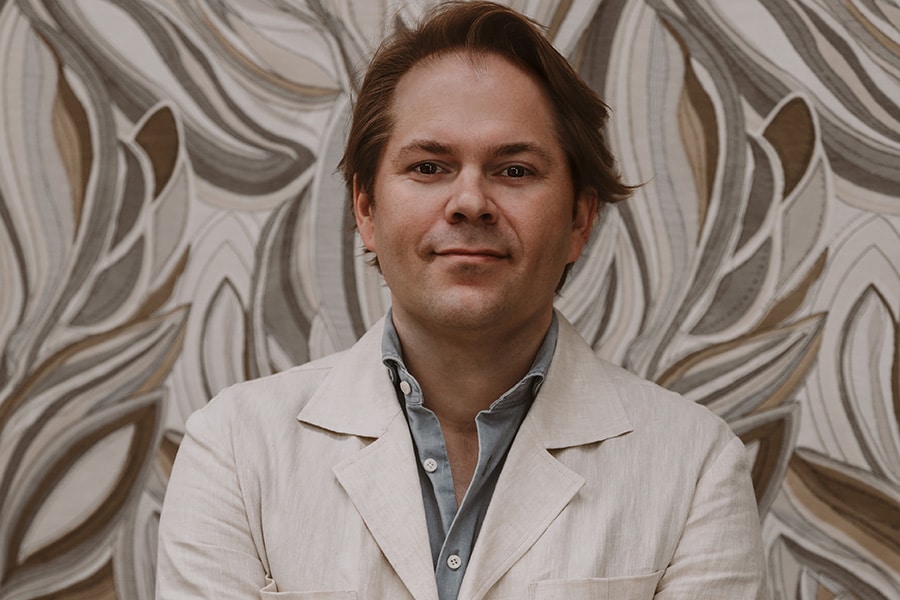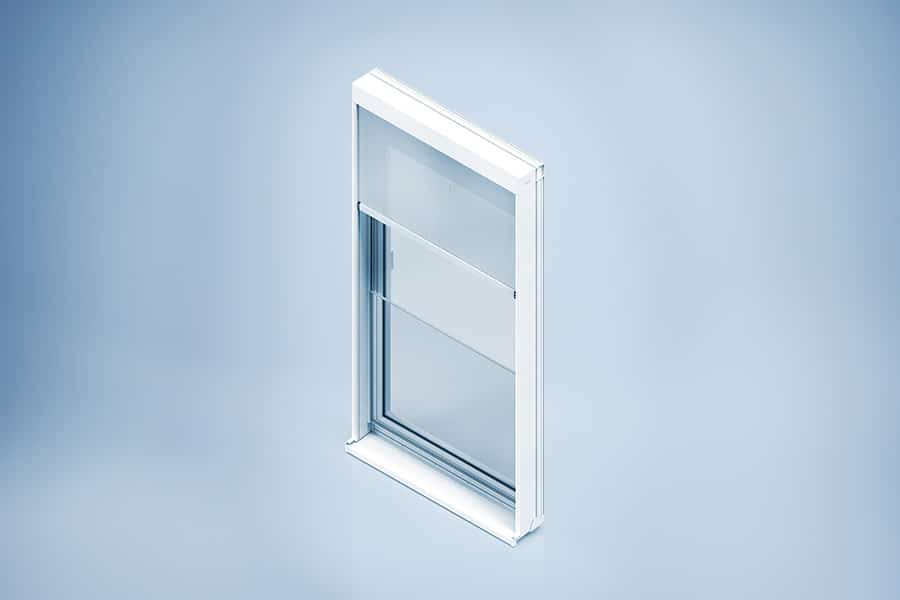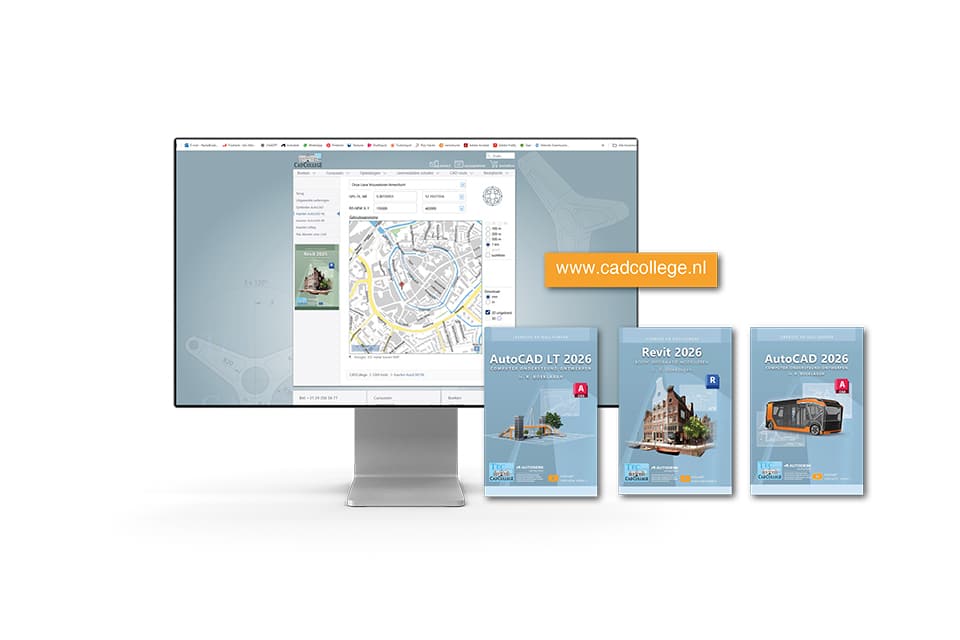
VMRG Hallmark, more than just a good facade product
With a VMRG Hallmark that is prescribed in specifications, because companies with a VMRG Hallmark certificate can also prove beyond doubt that they deliver in accordance with the high quality standard of the VMRG Quality Requirements.
In fact, all facade builders with this seal of approval receive annual inspections by SKG-IKOB Certification, not only at the factory, but also at the construction site. And quality does not stop with a good product, the companies together also make a commitment to the environment. For years, the VMRG has been committed to reuse and recycling within the chain through research, pilot projects and stimulating and collaborating on innovations.
Excellent environmental score
Because of all the circular efforts in the metal facade industry, an aluminum window frame realized under the VMRG Hallmark is now one of the better choices for the environment. This is evident from the new figures for aluminum facade elements recently published in the National Environmental Database. The exceptionally high percentage of circular content in aluminum facades for the building and facade industry ensures an excellent environmental score.
Where does this positive environmental score come from? For metal facades, circularity always goes hand in hand with better environmental performance. Recycling metal requires significantly less energy. Recycling aluminum takes only 5% of the energy needed to produce aluminum from bauxite. So this results in a huge CO2 reduction.

55% circular aluminum
The metal facade industry, along with others, has made efforts to achieve a closed-loop recycling of metal facade products. These efforts are reflected in the figures. 95% of facade aluminum is recycled after use. In new facades, 55% of the aluminum is already of circular origin. This industry average of 55% is exceptionally high in both the construction and facade industries. To give you an idea, aluminum facade products already meet the 2030 circular targets.
Environmental performance for buildings
The VMRG recently commissioned Life Cycle Analyses (LCAs) for aluminum window frames realized under the VMRG Seal of Approval. An LCA determines the environmental impact of a product over its entire life cycle. From the extraction of raw materials through production and (re)use to waste disposal. Various environmental effects during this process are assessed. The new positive environmental data that emerge from this have now been incorporated into the various calculation tools for calculating environmental performance for buildings (MPG). These can be found under:
- Aluminum window frame, fixed frame, with VMRG Hallmark;
- Aluminum window frame, sash part, with VMRG Hallmark.
For these LCAs, average industry data were used from companies with the VMRG
Hallmark.
An Environmental Product Declaration is available of these aluminum window frames with VMRG Seal of Approval. This is a standardized document that informs about the possible impact of a product on the environment and human health. It can be found on the VMRG website.
Circular facade economy
The industry is making efforts to close the loop (metal out of the facade, back into the facade) even better, which will only increase the positive effect on environmental performance. One way the industry is doing this is by introducing circular business models ranging from "recycling" and "facade with buy-back guarantee" to "facade-as-a-service. Together, the companies separate metal products from a facade as cleanly as possible and ensure that the products and materials are returned for new facades. This makes it possible to keep the cycle going indefinitely and maximize the share of circularity. The VMRG is not only doing this within its own industry, but it has also taken the initiative to seek cooperation with other facade-related industry associations and the government to achieve a circular facade economy.
Producer responsibility
This collaboration led the Cabinet to promise an exploratory study "Producer Responsibility for Facade Construction" to the House of Representatives. This study, which consisted of two parts, was completed in 2020. The first part, a feasibility study, resulted in concrete recommendations that companies and industries can start working on. The second part of the study aimed to determine the potential of a circular facade economy. Both the situation at the beginning of 2020 (0 measurement) and the potential in 2030, 2050 and beyond. And there is enormous potential in terms of circularity, loosenability and CO2 reduction. Together, the organizations are making the case for using the full potential for facade construction step by step with innovation projects and measures.

Products Passport
One innovation now developed, is Cirlinq, a digital product passport. The VMRG was one of the initiators of this. In order to work circularly, it is important that the right information is available. With this newly developed application Cirlinq, linking information to products is no problem. For each individual facade component, the most detailed information about its entire life cycle can easily be retrieved. For example, who made it, what sub-products and materials it consists of and how and when it was maintained. Information that is indispensable when reusing products or materials or for recycling.
Predicting maintenance
An ongoing innovation project in which the VMRG is participating is Facade Service Application (FaSA). This application not only maps the current condition of buildings, but also predicts future maintenance using smart algorithms. Sensors, drones and artificial intelligence are used for this purpose. These measurements are automatically brought together, analyzed and result in strategic guidance on facade maintenance. With proper maintenance at the right time, the lifespan of a facade is extended. In addition, this technology makes it possible to more accurately determine the value of real estate over a longer period of time. This is important for reusing products and raw materials in a circular economy.




